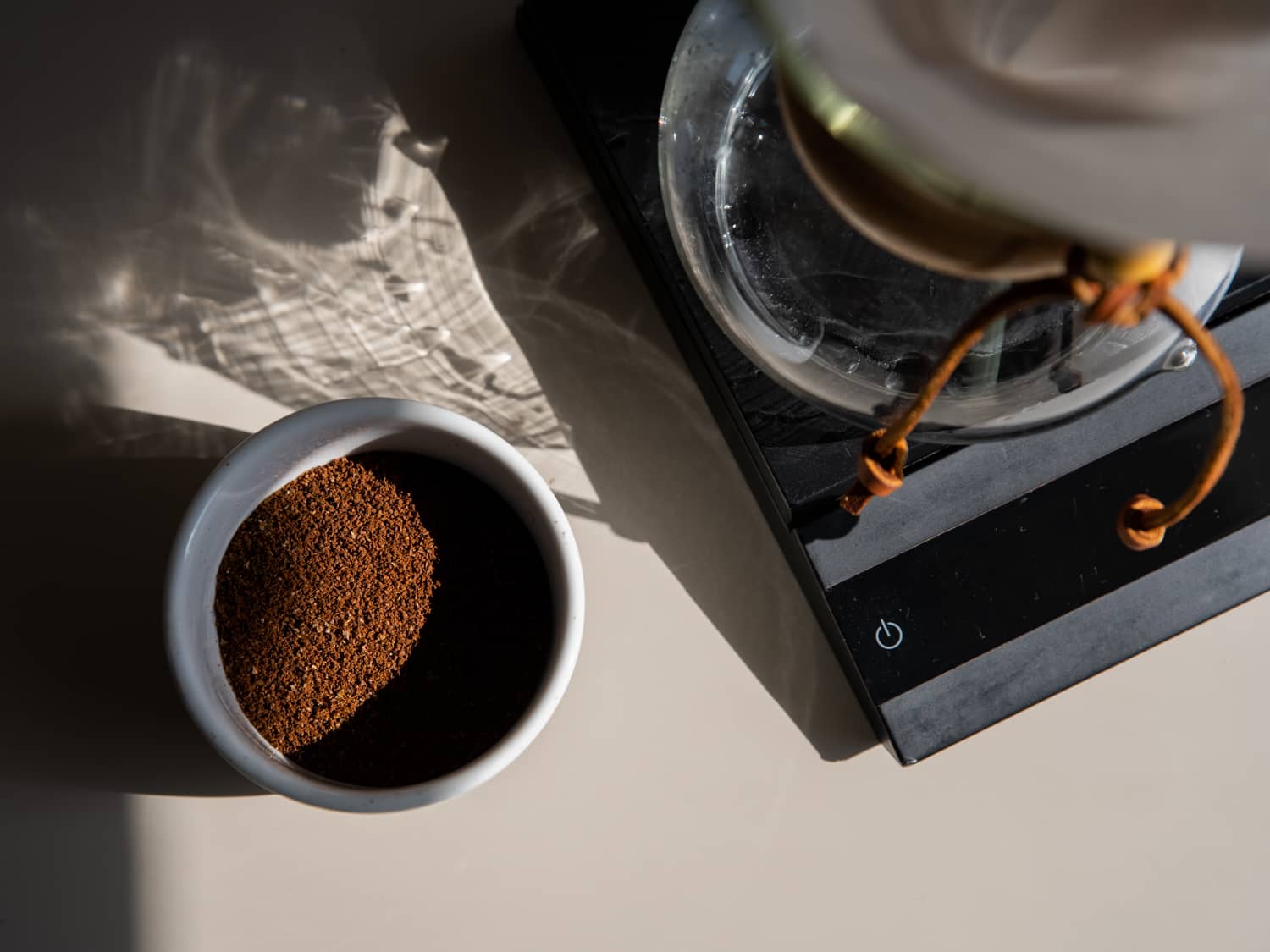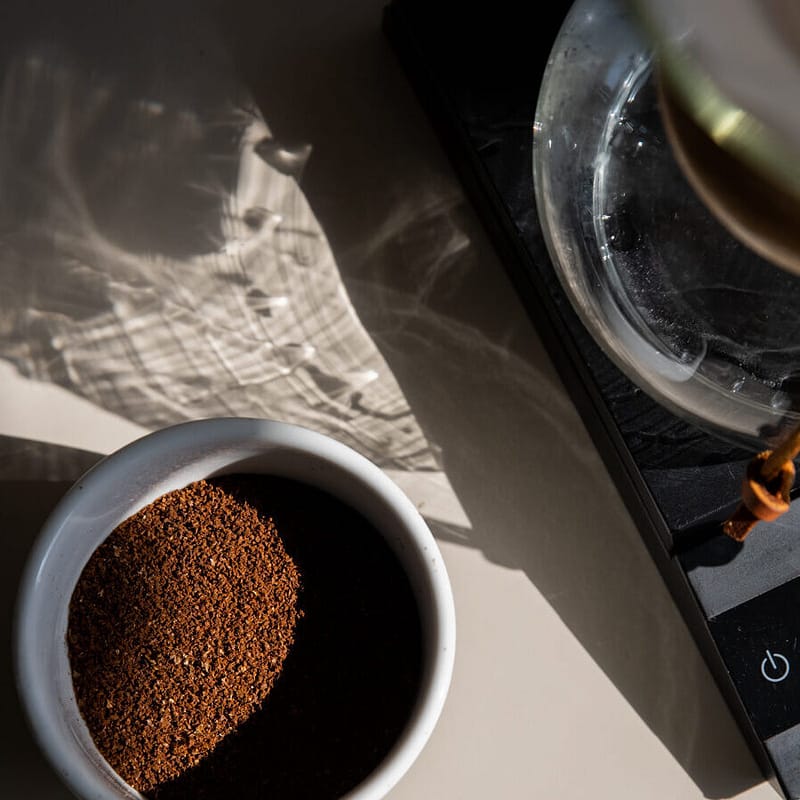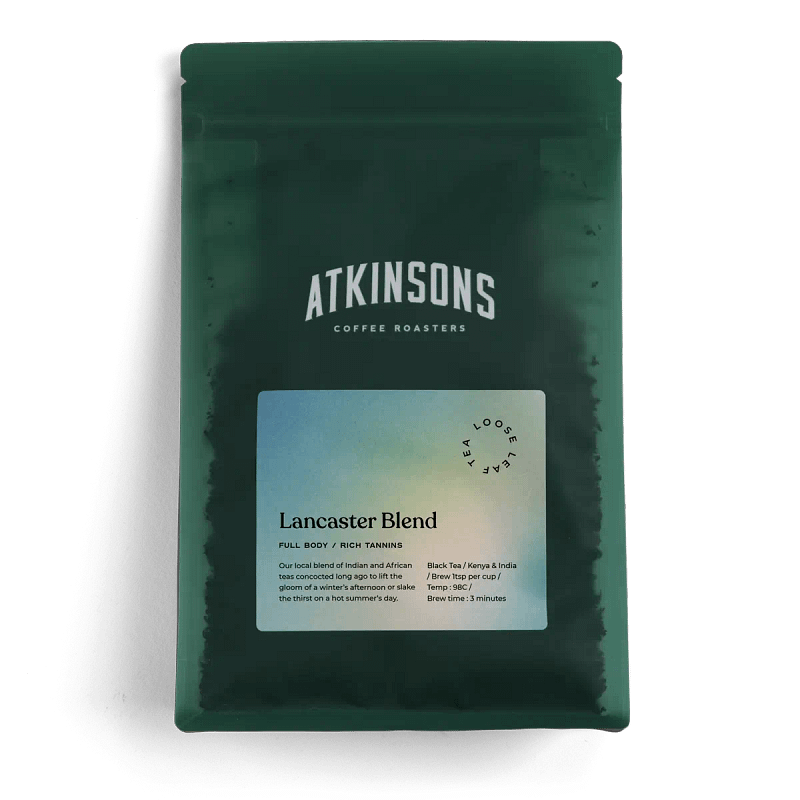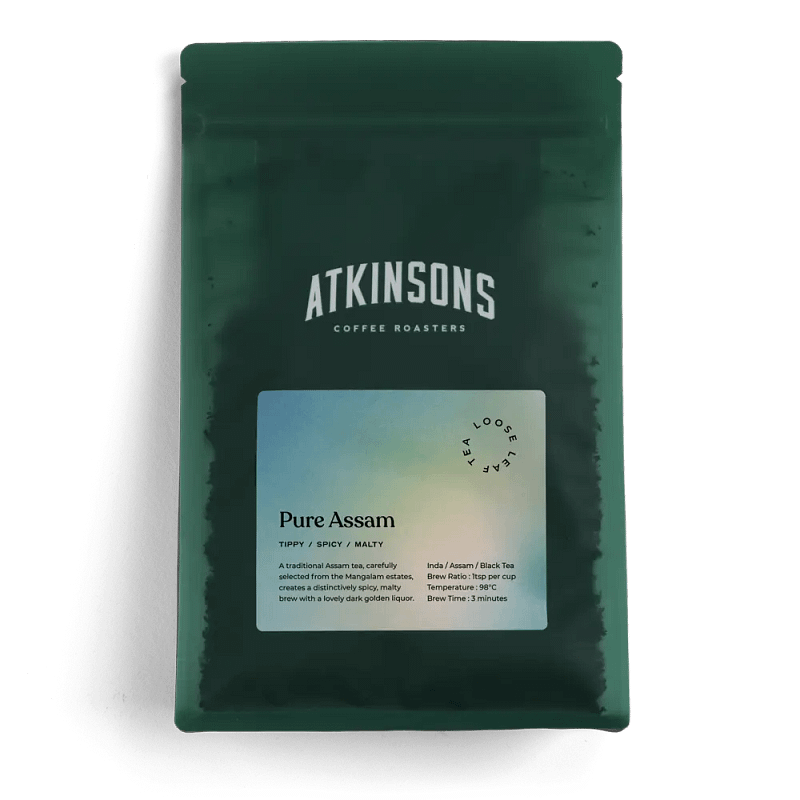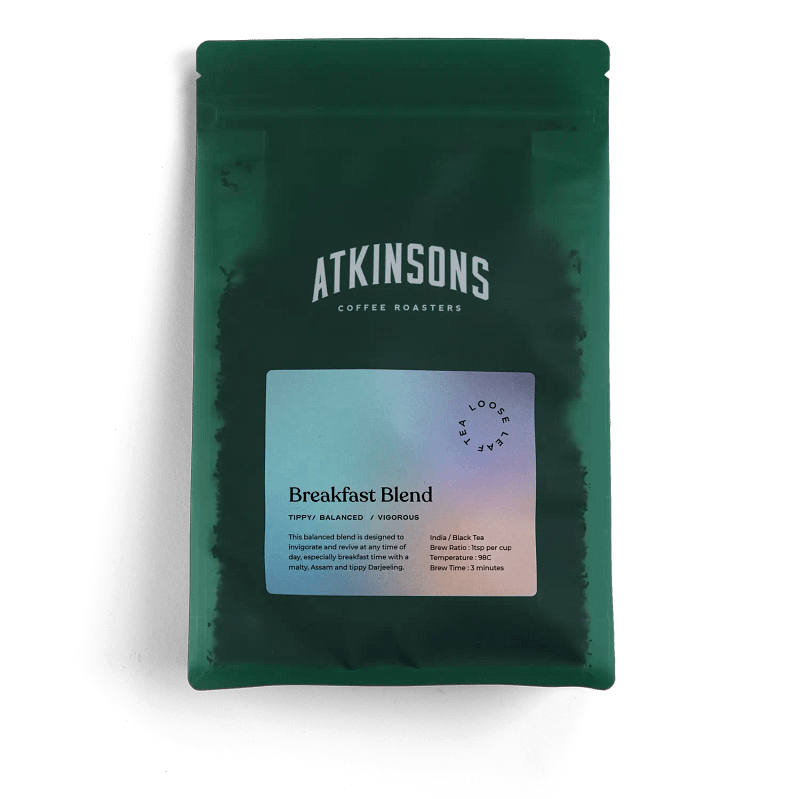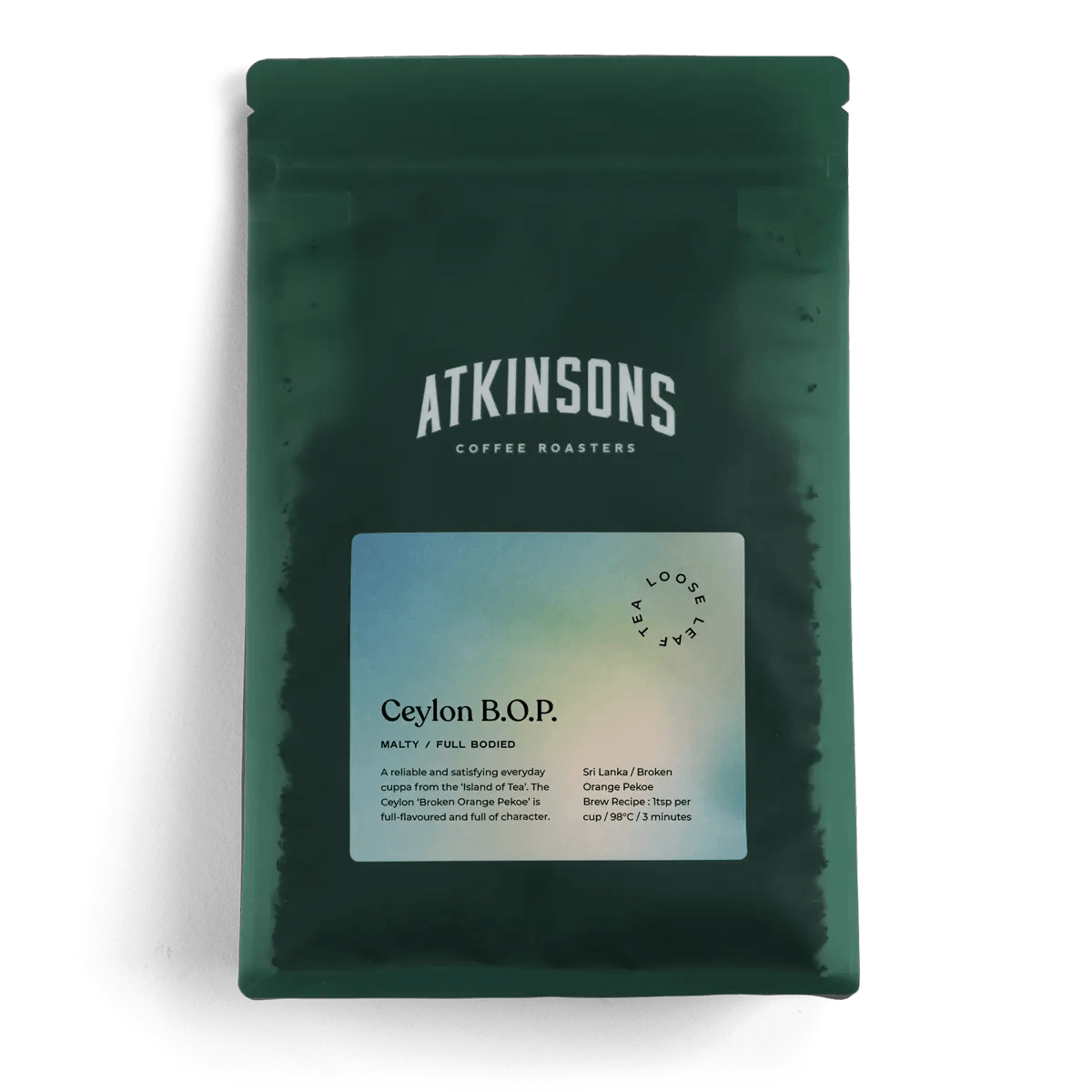Darjeeling O.P.
So what exactly is Darjeeling O.P.? Well, strictly speaking our Darjeeling O.P. Tea is actually classified as F.T.G.F.O.P. because it is the Finest, Tippy, Golden, Flowery, Orange Pekoe. The FTGF should be self-explanatory. It is a description of the quality of the grade of leaf but these last two letters O.P. standing for Orange Pekoe may need a little more explanation.
O is for Orange – By Royal Decree?
The Orange has nothing to do with the citrus fruit but everything to do with the House of Orange. The early Dutch tea merchants were so impressed with this grade of tea that in order to bestow it with an unofficial royal warrant they named it after their own royal family. This not so subtle attempt at flattery probably did them no harm in linking their lucrative tea trade to the protection of the state, even though the Dutch East India Company, like their British counterpart were the original global conglomerates. They were more powerful than some states at that time.
Parallel to the Coffee World
There is a parallel to this in the coffee world. When the Dutch gifted a coffee sapling to Louis XIV he promptly dispatched it to his colony in Martinique. He could never have dreamt of the success of this little tree, which went on to populate the New World. The name of this variety? Bourbon, a lasting legacy of the Sun King’s own dynasty on your morning coffee table.
P is for Pekoe – The down of a newborn infant
So, let’s get back to Tea! The final letter of the puzzle is P for Pekoe. I have been reliably informed that this is an Anglicisation of a Chinese word which refers to: “…resembling the downy hair on the skin of a newborn infant“. I really don’t care whether this is strictly true, for it is such a lovely idea and we should never let the truth get in the way of a good story!
